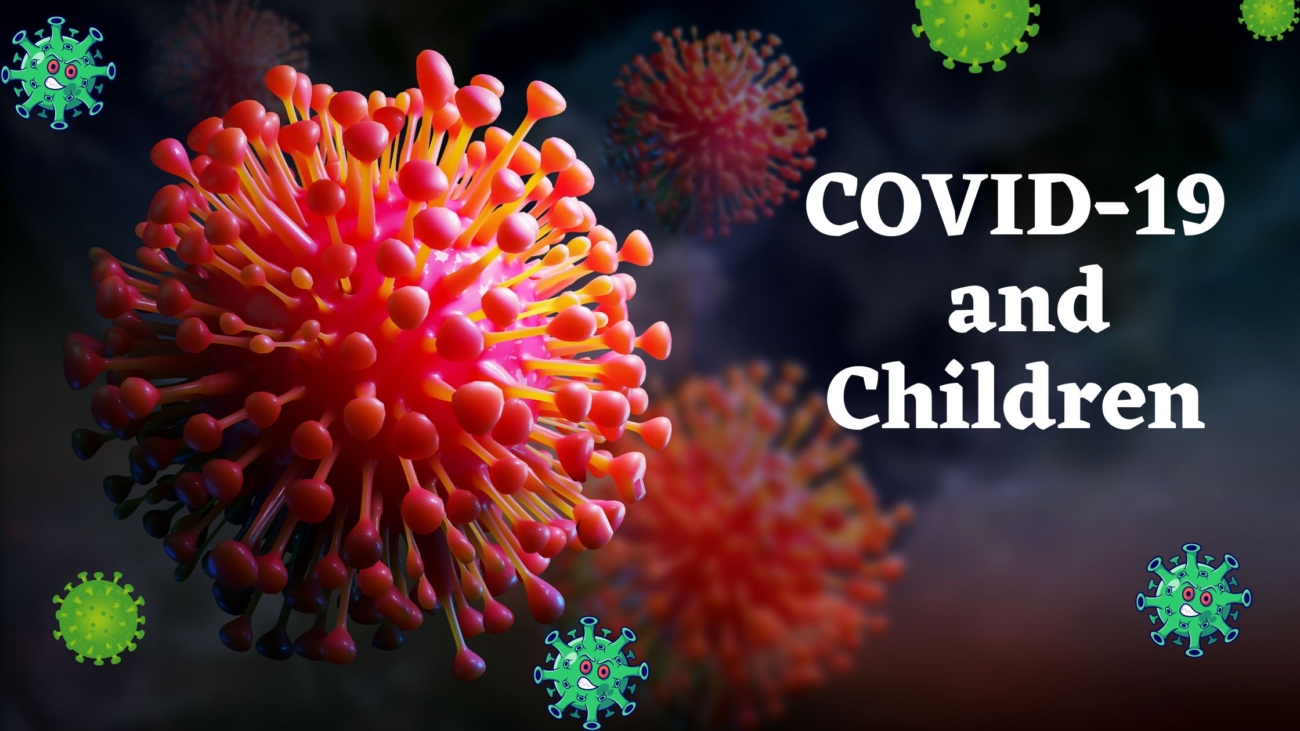The COVID-19 pandemic has been a terrible time for everyone, especially for parents who are anxious about how the virus may affect their children. When schools reopen and other activities start, parents, must understand what they can do to protect their children against COVID-19. This blog will go over what parents should be aware of regarding COVID-19 and children, including symptoms, transmission, and immunisations.
Symptoms
The COVID-19 symptoms in children might be similar to those in adults, although there are important distinctions. The most frequent symptoms in children, according to the Centres for Disease Control and Prevention (CDC), are fever, cough, and trouble breathing. Children, on the other hand, may have gastrointestinal symptoms such as nausea, vomiting, and diarrhoea. Children may not exhibit any symptoms in some circumstances.
It is critical for parents to spot COVID-19 signs in their children since early discovery can help prevent the virus from spreading. If your kid exhibits any symptoms or has been exposed to someone infected with COVID-19, it is critical that they get tested and talk with a healthcare expert.
Transmission:
Even if they exhibit no symptoms, children can catch and spread COVID-19. When an infected individual speaks, coughs, or sneezes, the virus spreads through respiratory droplets. Children can potentially transfer the virus by coming into contact with virus-infected surfaces.
Parents should advise their children to wear masks, exercise proper hand hygiene, and maintain physical distance to limit the chance of transmission. Avoiding congested interior places and limiting social contacts are also helpful. Parents should also be aware of their children’s activities and contacts, and they should encourage their children to report any potential exposures.
Vaccines:
COVID-19 vaccinations are available in several countries for children aged 5 and above. The most effective technique to defend against the virus and its variations is vaccination. Clinical trials have demonstrated that the vaccinations are safe and effective, and they have been licenced for emergency use by health authorities across the world.
Parents should talk to their doctor about their child’s immunisation alternatives and the potential advantages and hazards. The immunisations are administered in two doses, and side effects may include fever, tiredness, and discomfort at the injection site. Nevertheless, these adverse effects are often minor and short-lived.
It’s crucial to highlight that even after immunisation, children should continue to follow public health rules, including wearing masks, practising excellent hand hygiene, and keeping physical distance. Vaccination can lessen the likelihood of transmission, but it does not provide protection.
Conclusion:
COVID-19 is a dangerous virus that may infect both children and adults. Parents can safeguard their children by detecting symptoms, minimising transmission risks, and researching immunisation alternatives. We can help keep our children and communities safe throughout the epidemic by working together and according to public health rules.
Please see a healthcare expert if you have any concerns about your child’s health or well-being. We can help secure a safe and healthy future for our children by providing the necessary knowledge and measures.


